This trend is gradually becoming a “lifestyle” favored by tourists who care about social responsibility and desire to have authentic, profound experiences. Not only is it simply actions such as reducing waste, using environmentally friendly products, but sustainable tourism is also a way for businesses and organizations in the tourism industry to affirm protecting the planet and bringing sustainable benefits to the community.
1. Sustainable tourism is a common global goal
According to (World Conservation Union, 1996): Sustainable tourism is environmentally responsible travel and visitation to natural areas, in order to enjoy and appreciate nature (and any accompanying cultural features, both past and present) in a way that promotes conservation, has low visitor impact and provides beneficially active socio -economic involvement of local communities.
How is sustainable tourism different from mass tourism?
Sustainable tourism enhances conservation andeducation (Photo source: Collected)
Mass tourism that is not carefully planned to enhance conservation or education does not provide benefits to local communities and can rapidly devastate sensitive environments. As a result, it can destroy or irreversibly alter the resources and cultures on which they depend.
In contrast, Sustainable Tourism is carefully planned from the start to benefit local communities, respect culture, conserve natural resources and educate both tourists and local communities. Sustainable tourism can generate a similar income to mass tourism, but many of the benefits remain with local communities and the natural resources and cultural values of the protected area.
Components of sustainable tourism
3 components of sustainable tourism (Source: FPT Digital)
Sustainable tourism has three main components, sometimes referred to as “three legs” (International Ecotourism Society, 2004):
1. Environmentally friendly , sustainable tourism has a low impact on natural resources and marine protected areas in particular. It minimizes the impacts on the environment (fauna and flora, habitats, living resources, energy use and pollution …) and tries to benefit the environment.
2. Socially and culturally sensitive . It does not harm the social or cultural structures of the communities where it is implemented. Instead, it respects local cultures and traditions. It involves stakeholders (individuals, communities, tour operators, and government management) in all stages of planning, development, and monitoring, and educates stakeholders about their roles.
3. Economic , it contributes economically to the community and creates fair and stable income for the local community as well as as many other stakeholders as possible. It benefits the owner, the employees and the surrounding people. It does not start simply and then collapse quickly due to poor business operations. A tourism business that has all 3 criteria above will "do good business by doing good".
This means that tourism businesses can be run in ways that do not destroy natural, cultural and economic resources, but also encourage appreciation of the resources on which tourism depends. Businesses that are run in accordance with these three criteria can enhance the conservation of natural resources, the appreciation of cultural values and the benefit to the community and may also be profitable.
2. Sustainable tourism is booming in the Southeast Asian market
The 27th ASEAN Tourism Ministers Meeting took place in Laos (Photo source: Collected)
Before the Covid-19 pandemic, Southeast Asia (ASEAN) was one of the fastest growing regions in international tourism globally. According to the Asian Development Bank (ADB), in 2019, Southeast Asia welcomed 137 million international visitors and nearly 1 billion domestic visitors. The tourism industry accounts for 12.1% of Southeast Asia's Gross Domestic Product (GDP), with about 42 million people working in the tourism industry. More than 2 years of tourism disruption due to the Covid-19 pandemic seems to have become a rare opportunity for many governments in Southeast Asia to rethink the smokeless industry, aiming for a more sustainable development future.
After gradually overcoming the severe impacts of the Covid-19 pandemic, the tourism industry of ASEAN countries is gradually recovering. Southeast Asian countries are now aiming to attract more tourists to regain growth momentum and move towards strong and sustainable development for the "smokeless industry" in the region.
Sustainable tourism is booming in Southeast Asia, especially in Thailand, where initiatives to protect the environment and local culture are attracting international visitors. With its rich natural landscapes and diverse cultures, Southeast Asia has emerged as an attractive destination for those interested in sustainable tourism. However, the increase in tourists also poses many challenges in terms of resource conservation and maintaining cultural identity. In particular, Thailand has pioneered many activities and campaigns to protect the marine environment, national forests and heritage sites. The country focuses on reducing waste, developing eco-tourism areas and encouraging local communities to directly participate in tourism activities.
Thailand's model of sustainable tourism
Kok Mak is one of the typical places applying sustainable tourism model in Thailand.
Located 38 km from the mainland, Koh Mak is the third largest island in Thailand’s Trat province, after Koh Chang and Koh Kut in terms of area. Koh Mak is not only famous for its beautiful and pristine natural scenery, but also becomes an ideal destination for those who love green living and sustainable tourism. On the island, many environmental protection initiatives are implemented to maintain the cleanliness of the beach and preserve the precious marine ecosystem. Local residents and businesses work together to promote responsible tourism activities, from reducing plastic waste to organizing eco-tours with local guides.
Koh Mak has been selected by the Thai Government as a pilot site for green tourism policies following the BCG (Biological – Circular – Green) economic model. Accordingly, the island is oriented to become a model tourism destination, ensuring sustainable income generation for the local community, promoting effective environmental management and a commitment to minimizing carbon emissions in all tourism activities. This model aims for a circular tourism ecosystem, minimizing waste and applying biological processes to preserve the natural beauty of the island.
Explaining this choice, Mr. Chumpol Musiganont - Deputy Director of the Thai Government's Designated Areas for Sustainable Tourism Management (DASTA) shared: "One of the most important factors is the existence of a 'Sustainable Tourism Charter' established by the islanders themselves. This is the core factor to ensure that the people have full and responsible participation in all aspects of sustainable tourism development on Koh Mak." This charter acts as a collective commitment, ensuring that every activity on the island is consistent with the goals of environmental protection and sustainable development, contributing to raising awareness and cooperation of the entire community in preserving natural resources for future generations.
Applying sustainable tourism in "hot" tourist destinations
Maya Bay is also a target for sustainable tourism.
A model of sustainable tourism in Thailand is being implemented at Maya Bay - a place known as a tourist paradise in Thailand. This place used to welcome 7,000 tourists a day, causing serious damage to the ecosystem, forcing authorities to close the bay. Under the current pressure to restore the tourism industry, Maya Bay has been reopened, but with a new management approach to balance tourism economic development with ecosystem protection.
In the clear blue waters of Maya Bay, visitors can easily see baby bamboo sharks swimming in the shallows right next to the white sands. In the distance, damaged coral reefs have begun to revive, with marine life thriving. This was unprecedented before the bay was closed.
In order to keep the fragile newly restored ecosystem alive, the authorities have come up with a number of solutions based on the input of conservation experts. Accordingly, the number of visitors to Maya Bay is limited to 375 people at a time. At the same time, visitors are also subject to strict restrictions on the time of activities and experiences on the island. To avoid disturbing the baby sharks, tourists are only allowed in shallow water and stand below the water level of their knees.
Ms. Gytaute - Tourist from Lithuania: "I think not allowing tourists to swim in the bay is to save the ecosystem here. I appreciate this approach because it does not destroy the ecosystem but helps the bay retain its beauty."
Previously, hundreds of boats brought tourists into the bay every day, causing serious pollution. Now, the boats have to anchor far away. From there, tourists walk along a floating wooden path to visit the bay.
Understanding the smallest things to achieve sustainable tourism
Phuket Vegetarian Festival lasts 10 days on the streets
According to the Tourism Authority of Thailand (TAT), the country's tourism industry will move towards high value and sustainability, focusing on promoting the country as a year-round tourist destination. "Thailand has set 15 criteria for sustainable tourism based on international standards. At the same time, it encourages companies, businesses, and tourism establishments to gradually achieve each criterion. These include criteria for waste classification and treatment, prioritizing environmentally friendly materials, etc.
Of those 15 criteria, if hotels can meet 4-5 criteria, they can be ranked 1 star. Thailand also builds certifications related to sustainable tourism, such as Thailand Tourism Awards, CF-Hotels, Green Hotels...", said Ms. Patsee Permvongsenee - Managing Director of Southeast Asia, South Asia and South Pacific, Tourism Authority of Thailand.
According to Nikkei Asia, Thailand is world-famous for its delicious and cheap animal-based street food. There’s seafood in all shapes and sizes, stir-fried pork, grilled chicken and beef curries, and a host of richly spiced dishes. Vegetarian food is less common. But look deeper into Bangkok’s hyper-cosmopolitan cuisine and you’ll find a rich history of cooking without meat or fish.
The level of attention towards vegan food has changed significantly in the past decade. Even Thais who are not vegan are now aware of it as a healthy diet and have a positive opinion about it. More and more people are becoming more flexible in their eating habits and sometimes choose to eat vegan to balance their diet.
Notably, this October, the city of Phuket (Thailand) will be bustling with the 10-day Phuket Vegetarian Festival on the streets. Although Thailand is primarily a Buddhist country, with many festivals tied to the lunar cycle and religious activities, celebrations such as the Phuket Vegetarian Festival attract both domestic and international tourists.
Check out Thailand Sustainable Travel tours now:
Sustainable tourism is not just a temporary trend but also a long-term path to help the tourism industry develop steadily in the future. As tourism businesses and tourists become more aware of their responsibility to the environment and community, the journey to explore the world becomes more meaningful and humane. With measures to conserve resources, promote local economies and respect indigenous cultures, sustainable tourism brings lasting value to both businesses and people. To continue this journey, cooperation between stakeholders and the awareness of each tourist are the keys to help the tourism industry "eat well and dress well", firmly step on the path of green and sustainable development.
Source: https://www.vietravel.com/vn/am-thuc-kham-pha/du-lich-ben-vung-v16002.aspx


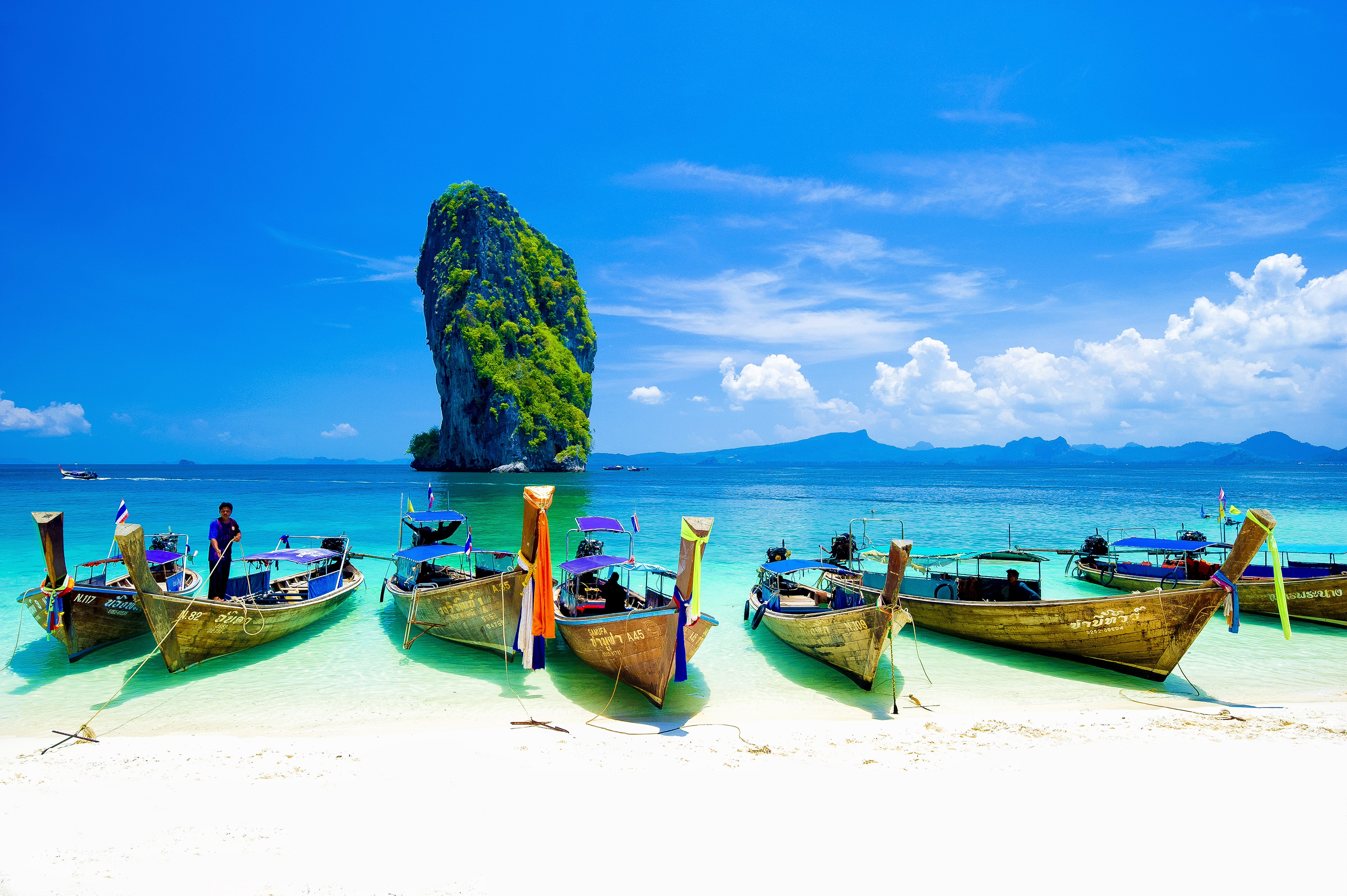
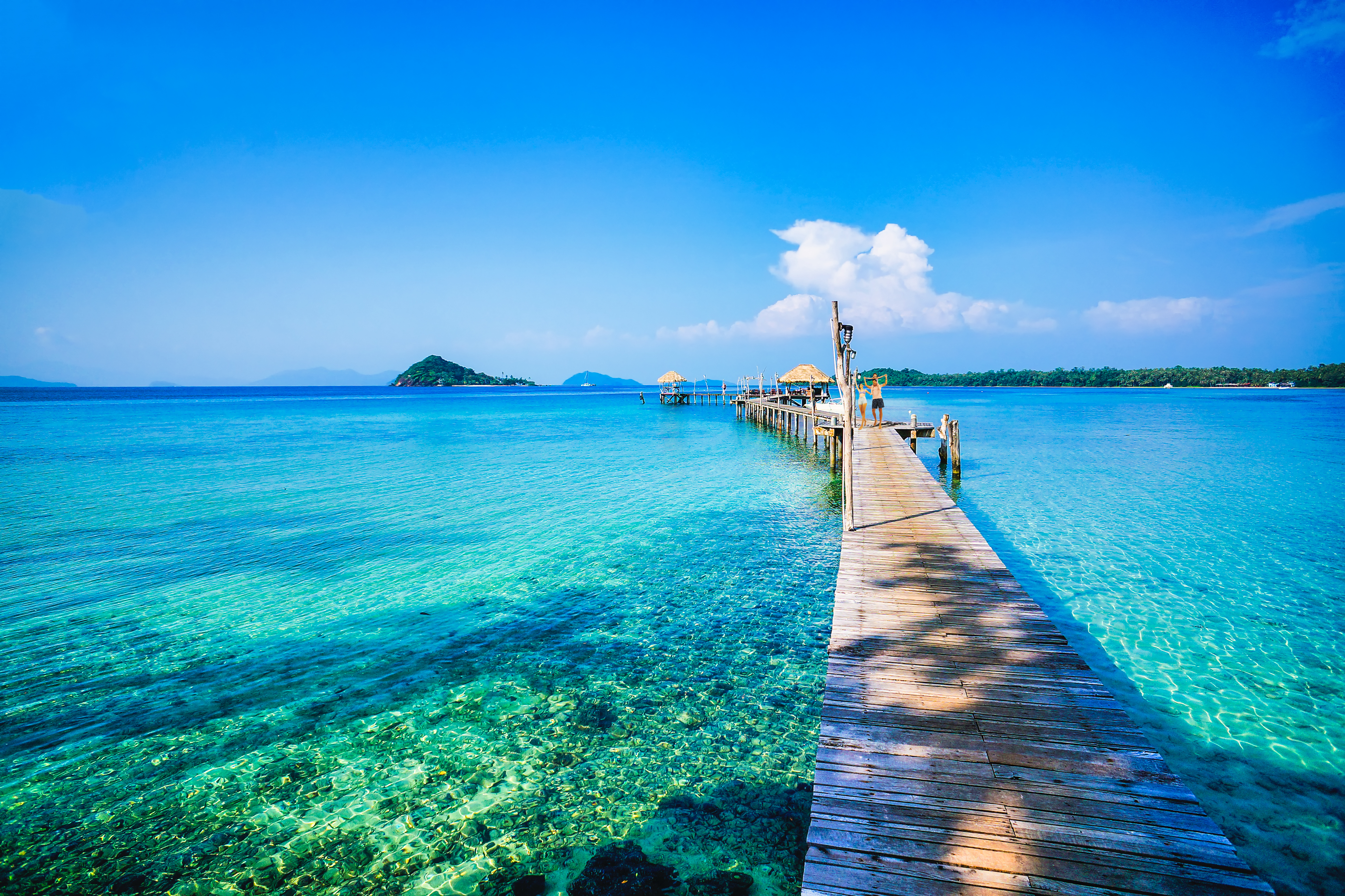
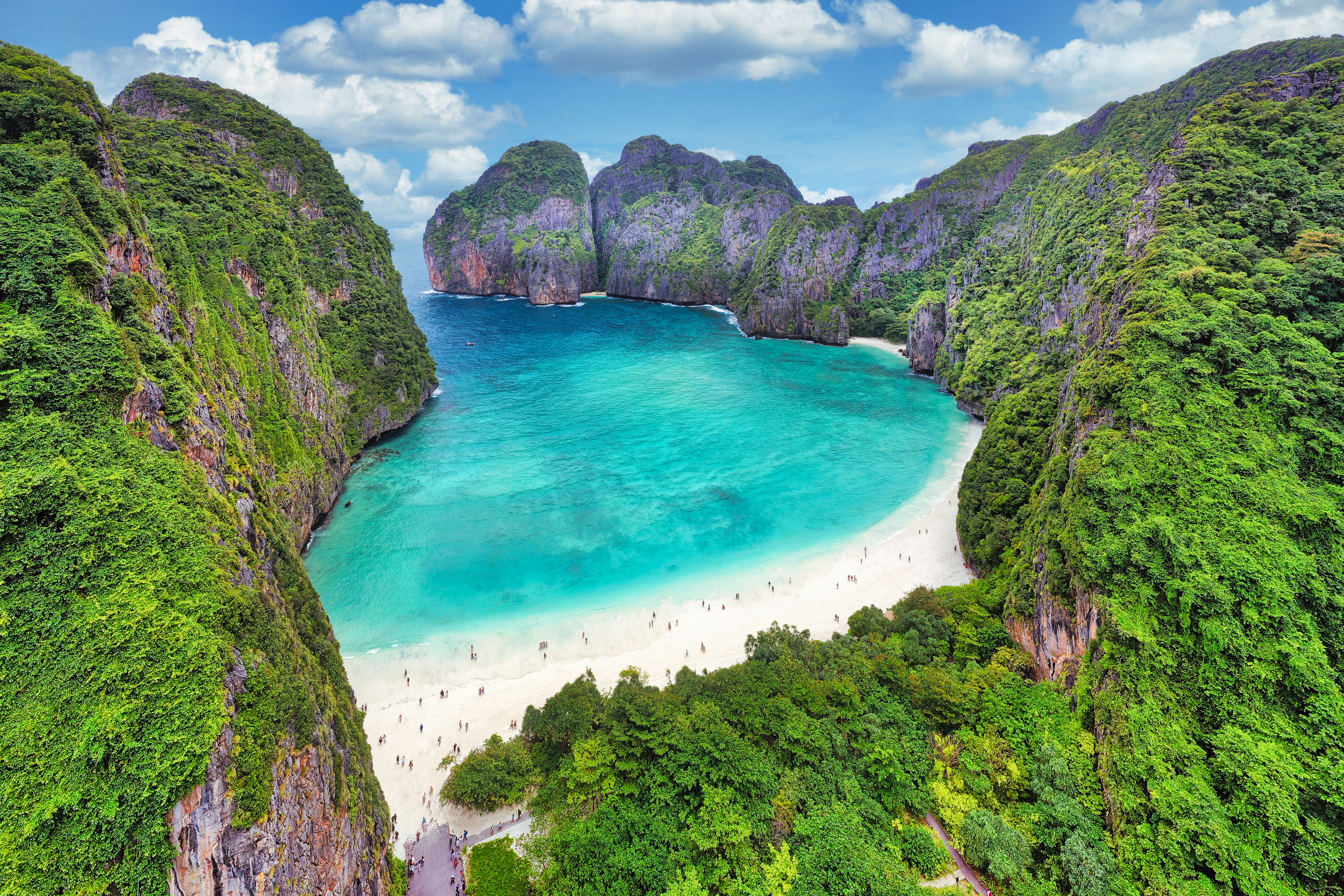
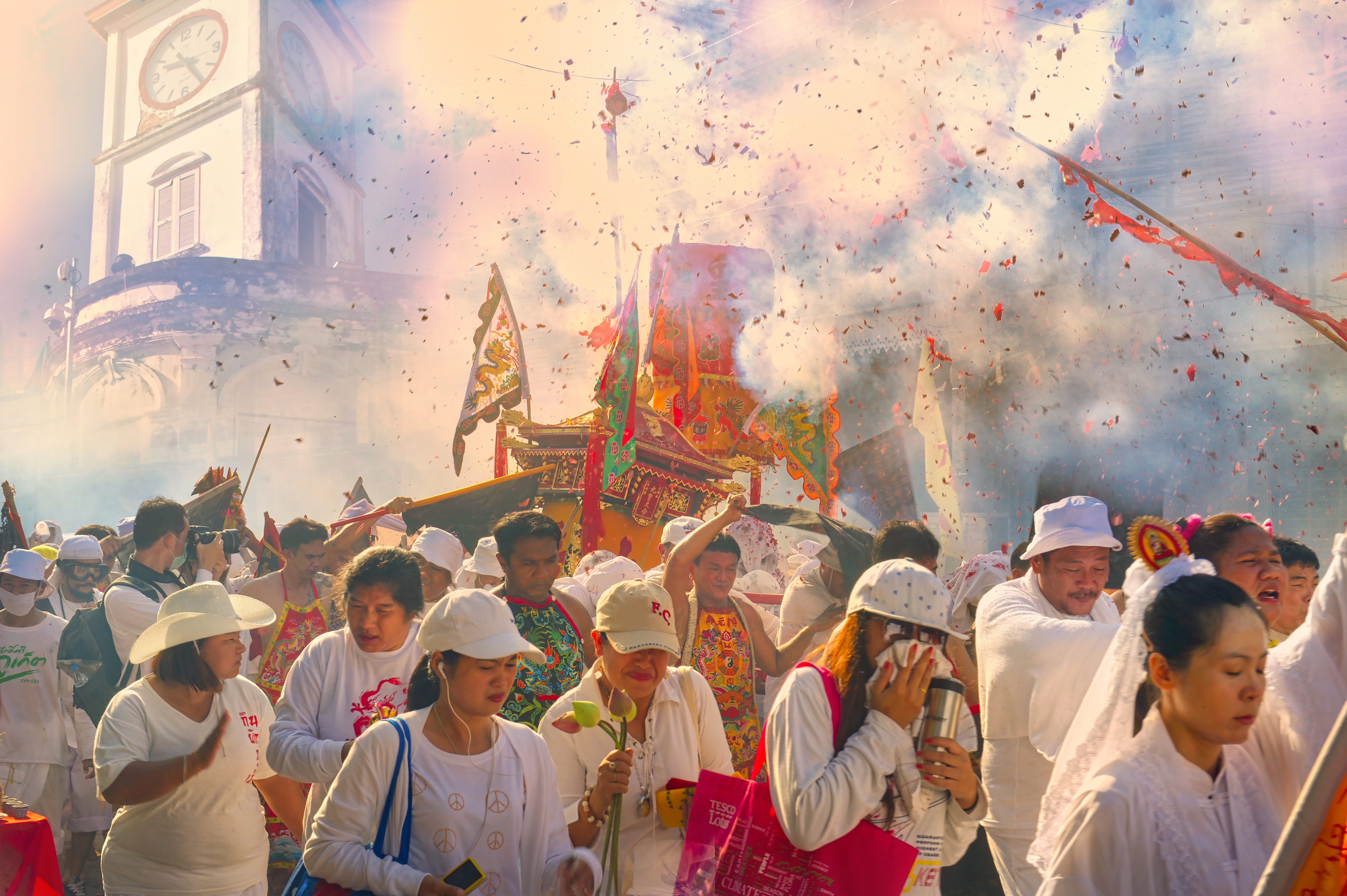
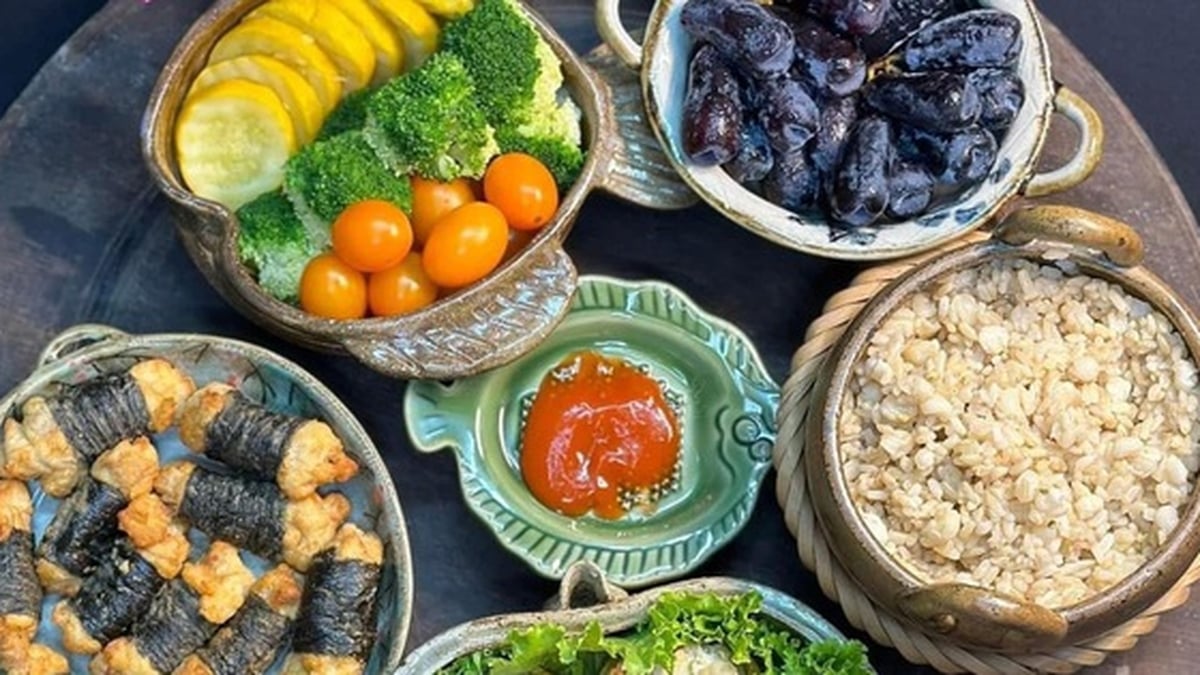
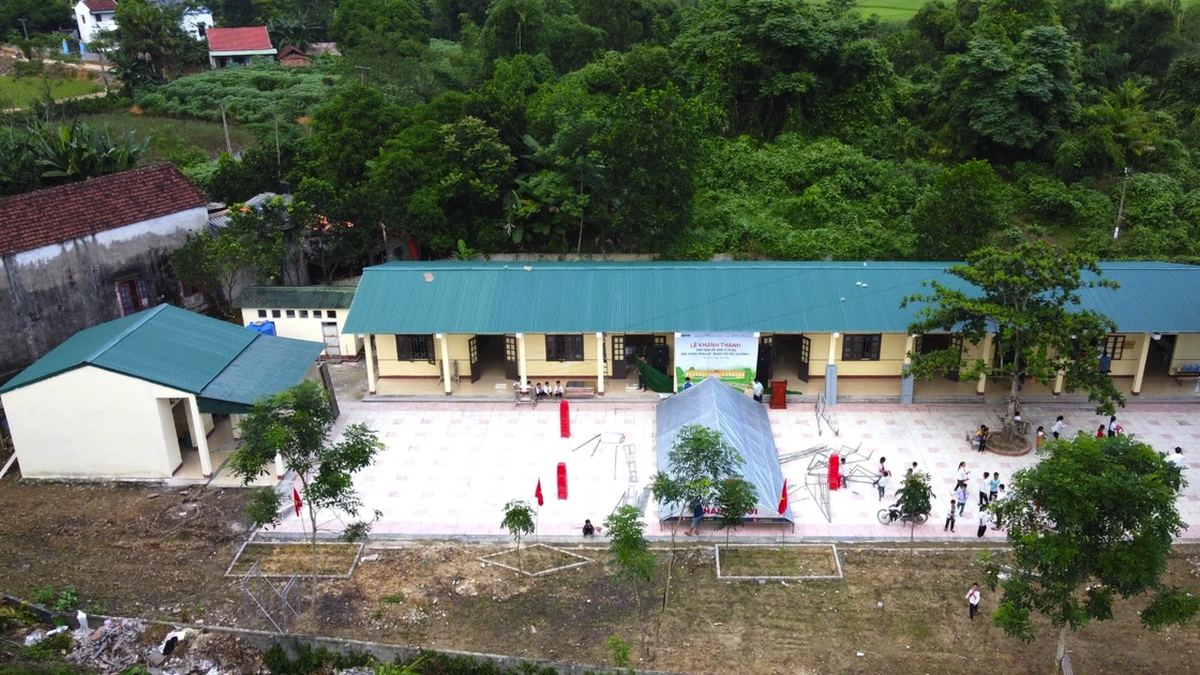







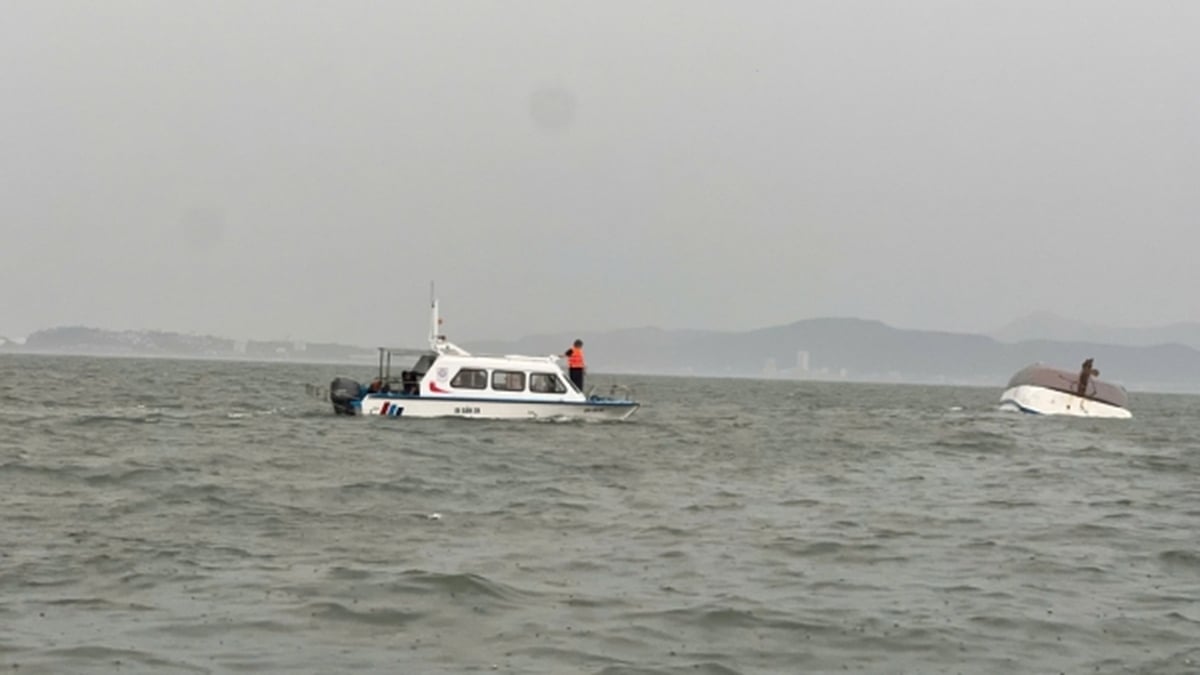





















































































Comment (0)